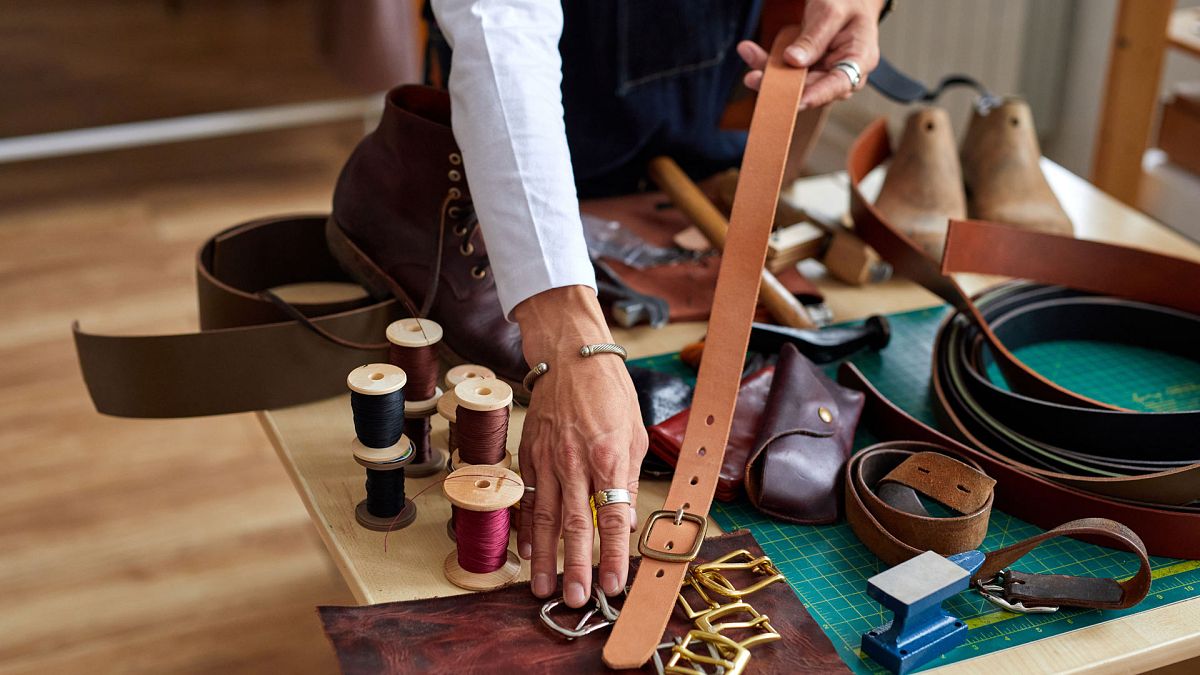Italy’s fashion scene is internationally renowned for its elegance and timeless sophistication. While Milan and Rome often take centre stage, there are lesser-known corners of the country where unique craftsmanship and centuries-old traditions continue to shape the industry. From the leatherworking ateliers of Tuscany to the silk-weaving workshops in Como, Italy’s regional hubs offer a fascinating narrative of creativity, heritage and innovation.
Tuscany has long been synonymous with craftsmanship and its leatherwork is among the finest in the world. Santa Croce sull’Arno in the province of Pisa is one of the main centres for leather production and processing, with a treasure trove of artisanal workshops supplying the world’s top fashion houses. In Florence, visitors can explore Scuola del Cuoio, a leather school inside the Santa Croce Franciscan basilica, where masters and apprentices still produce wallets, purses and jackets today.

The city’s Museo della Moda e del Costume is also worth a visit, where explorers can marvel at more than 6,000 items of clothing and accessories from the 18th century onwards, from ballgowns to funeral attire. To deepen your knowledge, head to the Textile Museum in Prato, located in the town's former Campolmi textile mill and dedicated to textiles through the ages. In Como, silk is a heritage artform.
In the year 1000, production was widespread across southern Italy. However, it wasn’t until the early 1400s that mulberry cultivation t.

























